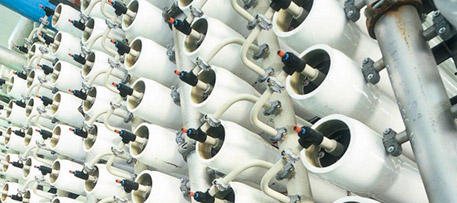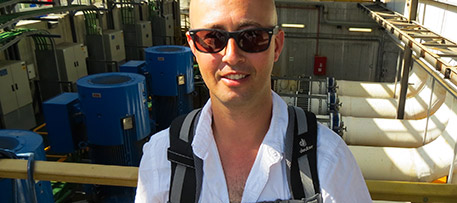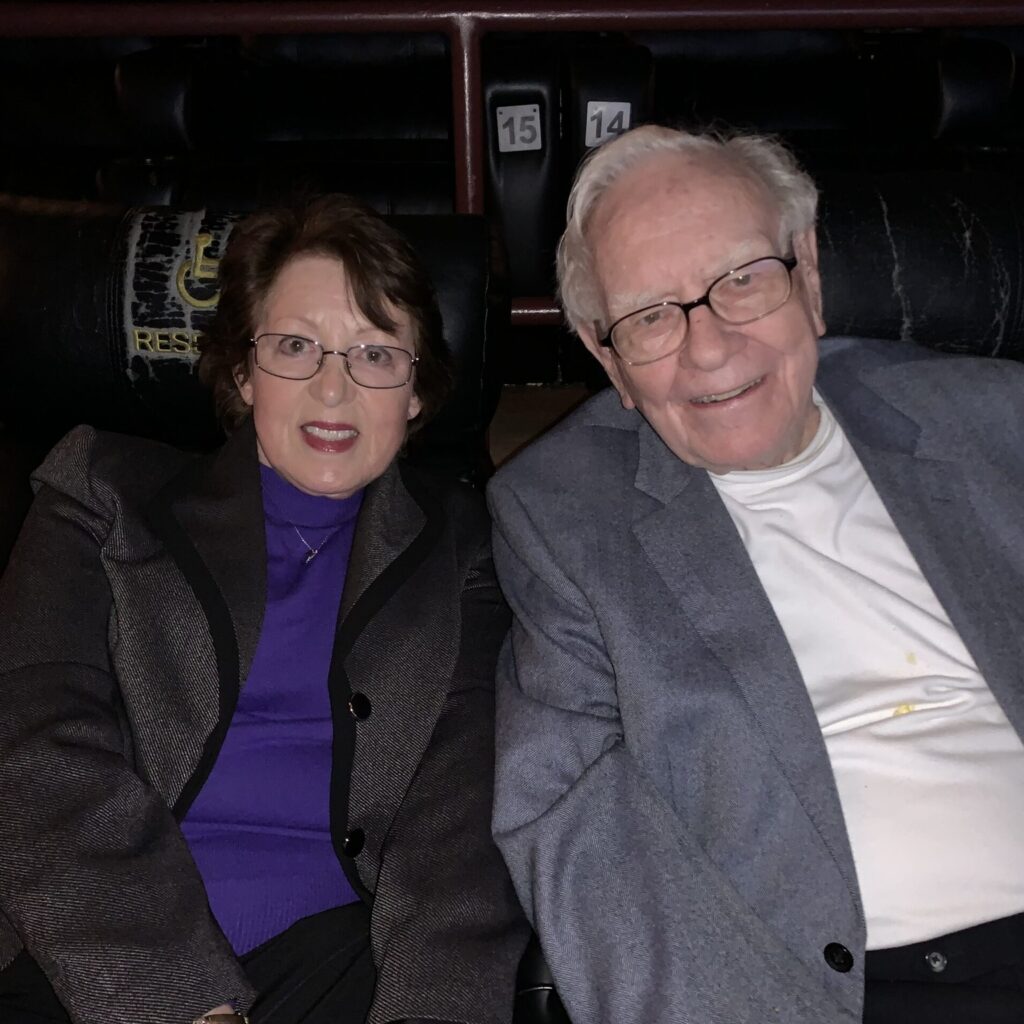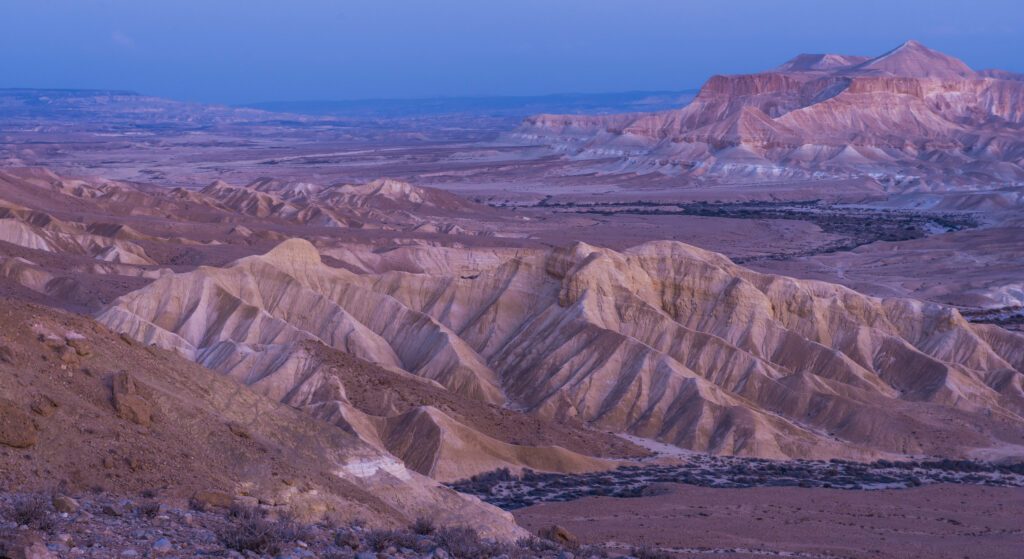
How Desalination Is Helping Reduce Regional Conflict
How Desalination Is Helping Reduce Regional Conflict
July 21, 2016
Ensia and Scientific American — Ten miles south of Tel Aviv stands the Sorek Desalination Plant, the largest reverse-osmosis desalination facility in the world.
Just a few years ago, in the depths of its worst drought in at least 900 years, Israel was running out of water. Now, thanks to plants like Sorek and research from BGU’s Zuckerberg Institute for Water Research, the country has a water surplus.
Dr. Edo Bar-Zeev of the Zuckerberg Institute is an expert on biofouling, which has always been an Achilles’ heel of desalination. Biofouling occurs when microorganisms in seawater colonize in desalination membranes and block their pores, which requires periodic costly and chemical-intensive cleaning.
To fight the effects of biofouling, Dr. Bar-Zeev and his colleagues developed a chemical-free system using porous lava stone to capture the microorganisms before they reach the membranes. This is helping Israel get over half its domestic water from desalination.
But, Dr. Bar-Zeev thinks the implications go beyond water recycling.
“I believe water can be a bridge, through joint ventures,” says Dr. Bar-Zeev. This bridge can be built in sharing Israeli water innovation with an increasingly water-starved Middle East.
Dr. Bar-Zeev has ambitious plans for a Water Knows No Boundaries conference in 2018, which he hopes will bring together water scientists from Egypt, Turkey, Jordan, Israel, the West Bank, and Gaza for a meeting of the minds.

At the Sorek desalination plant, membrane filters enclosed in white cylinders separate salt from Mediterranean seawater, producing much-needed freshwater for human consumption.
Even more ambitious is the $900 million Red Sea-Dead Sea Canal, a joint venture between Israel and Jordan to build a large desalination plant on the Red Sea, and divide the water among Israelis, Jordanians and Palestinians.
By 2020, they could all be drinking from the same tap.
This post is excerpted from a story by Rowan Jacobsen, who participated in Americans for Ben-Gurion University’s 2016 Murray Fromson Media Mission.




